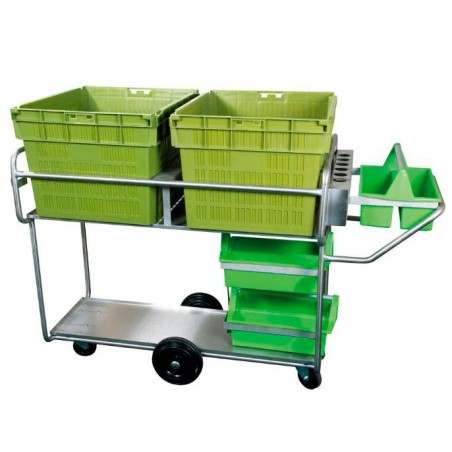Plummeting export demand combined with surging feed prices created a piglet production dip in 2022, which started a new swine cycle by causing a price surge for piglets, hogs, and sows during the second half of 2022 through the first half of this year. At the same time, feed prices came down from the peak levels reported during mid-2022. With the current improved profit margins, swine farmers are generally less hesitant to stop production and more eager to keep their stables occupied.
The improved profitability is expected to support a temporary rebound of slaughter during the second half of 2023, but not sufficient to balance out the reduced slaughter in the first half of the year. The EU sow herd is forecast to be cut only by 1.4% in 2023, bringing the EU piglet production down by 0.9% in 2024 (-6.1% in 2022 and -2.0% in 2023). Based on the forecast of supply, trade, and slaughter, the EU swine herd is estimated to stabilize around 132 million head at the end of 2024.

Because of the absence of a full recovery of Chinese demand due to the economic slowdown, the EU swine sector attempts to diversify exports to other third countries, but none of the destinations, not even combined, were able to fill the gap left by China.
The sector also faces dwindling demand at the domestic market. EU consumers show a preference for poultry over pork based on health considerations, ease of preparation, and the relatively lower price. Through restructuring, the sector strives to bring the supply back in line with traditional domestic and export demand. Leading companies in northern and southern Europe plan to focus less on quantity and more on quality, profitability, and European consumer preference, furthering the concentration and integration of the sector.
September 15, 2023/ USDA/ United States.
https://apps.fas.usda.gov







